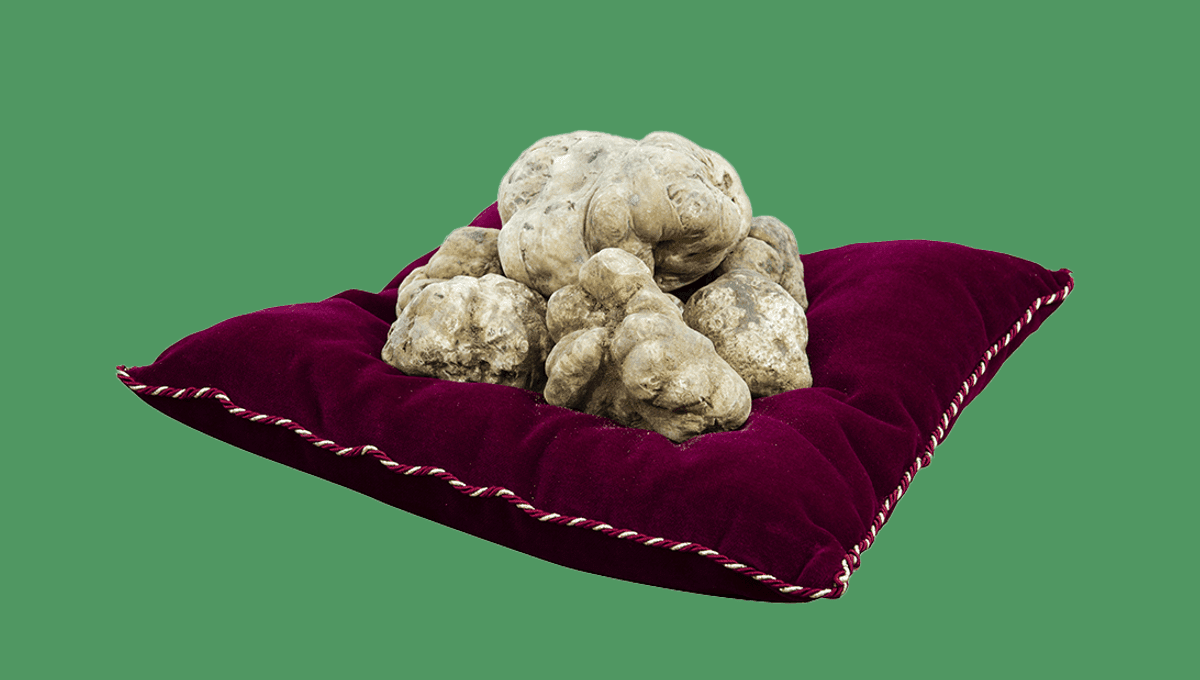
Truffles are pretty ugly to look at, but hoo boy – do they fetch a pretty penny at auction. So why are these fungal mounds so expensive, and what exactly are they?
Truffles are hard to find, store, and come with a hearty flavor that means a little can go a long way. As an ectomycorrhizal fungi, they grow near the roots of certain trees, but some of the most established truffle hunters lean on the foraging skills of animals to find them
What are truffles?
Truffles are edible fungi that grow underground. They can be black, white, or burgundy, with species including Tuber melanosporum, Tuber magnatum, and Tuber uncinatum respectively. They’re not much to look at, being smooth, lumpy mounds that can grow to be as heavy as 1,786 grams (63 ounces).
Where can truffles be found?
Truffles are sprouting underground across the globe, but are commonly found in European countries like France, Italy, and Spain. Mycorrhizae like truffle fungi are characterized by the symbiotic relationship they share with plants, playing an active role in the transfer of nutrients in their root systems.
For this reason, truffles are found littered among the roots of certain trees that share this symbiotic relationship. It’s a beneficial exchange that’s a win-win for both tree and fungi – that is, until truffle-hungry humans come searching.
There are many human truffle hunters, but their skills pale in comparison to that of pigs who are attracted to the pheromones released by the fungi balls. Trained dogs can also do the job, and research has even discovered two ground-dwelling bird species in Patagonia are proficient truffle hunters.
Why are truffles so expensive?
Truffles are so expensive because they are a scarce resource that’s difficult to find and highly seasonal. They will only grow under certain trees and under the right conditions, something that climate change could destabilize, according to research, throwing the future of truffles into question.
The black truffle, T. melanosporum, is a “culinary icon” and can cost as much as £1,000 per kilogram, putting the truffle industry at an estimated worth of hundreds of millions of pounds. Research has projected that its future value could go as high as £4.5 billion in the next 20 years – if they make it that far.
“Under the most likely climate change scenario, European truffle production will decline by between 78 and 100 percent between 2071 and 2100,” said study author Paul Thomas in a statement. “However, the decline may well occur in advance of this date, when other climate change factors are taken into account, such as heatwaves, forest fires, drought events, pests, and disease.”
According to Thomas, the industry risks losing “hundreds of millions of pounds to the economy,” but the socio-economic impact of losing truffle mushrooms could be felt at a much larger scale considering harvesting is central to local culture and history.
The most expensive truffle to date sold at auction for $330,000, and it could be that these elusive, rare, and fragile fungus balls could become even more valuable as the changing climate increases their scarcity.
Get your risotto in now, folks.
All “explainer” articles are confirmed by fact checkers to be correct at time of publishing. Text, images, and links may be edited, removed, or added to at a later date to keep information current.
Source Link: If You Don't Know Why Truffles Are So Expensive, Here's The Reason